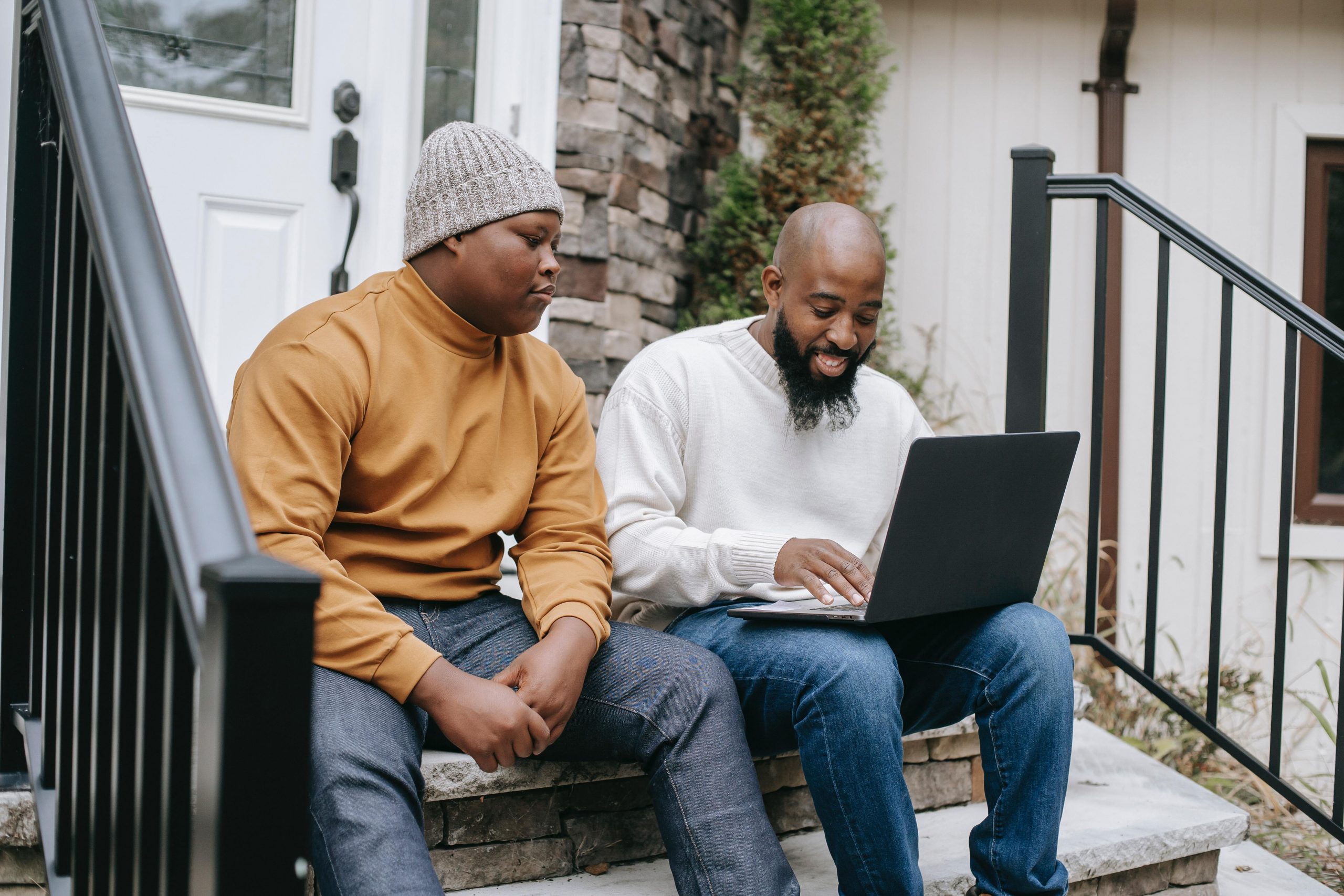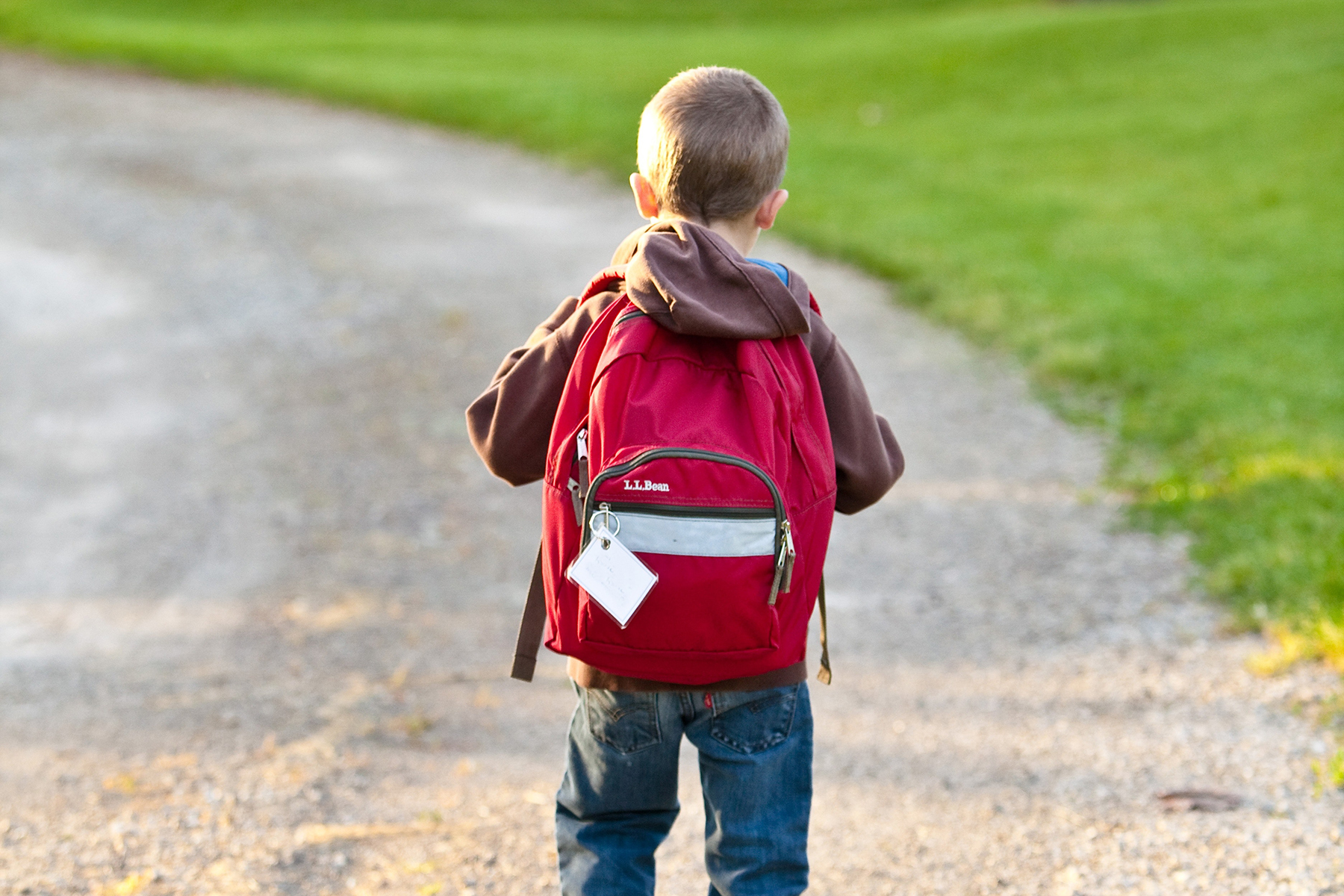
At the beginning of every school year, the students in my class take a pre-test to measure what they already know.
I remember my very first year teaching—I looked over my pre-test data with confusion. I just couldn’t understand why my kids scored so low in a certain skill.
Puzzled, a coworker looked at me and asked, “Well, did you teach them that skill?”
Well, no. Of course I hadn’t. It was a pre-test. Nothing had been taught yet . . . but I expected them to know the skill because it seemed so simple and natural to me.
Oftentimes, we have the same mentality with kids when it comes to friendship. We think they should know how to communicate their feelings and listen to others. We think empathy and respect should be innate.
Just as kids must be taught to read and write, they must also be taught how to be good friends. Here are a few simple ways to teach kids about friendship.
Help your kid create a list of qualities that makes a good friend.
At first, your child might come up with some vague characteristics like “nice” or “shares toys.” These are great to add as a start. Then, you can remind your child that this list is growing and will get bigger as they notice good-friend qualities in others.
Allow your child to become a detective and “hunt” for good-friend qualities throughout the day. This is a fun way for your child to notice the positive characteristics in others. I’ve had a parent tell me that when their child came home from school, they rushed in and yelled, “Mom! I found FIVE new good-friend qualities to add to our list!”
Children’s books like Enemy Pie by Derek Munson and The Bad Seed by Jory John are helpful when teaching your kid about good-friend and bad-friend qualities. While reading, I keep a T-chart with Good-Friend Qualities on one side and Bad-Friend Qualities on the other, and kids share various examples from the story as we read. The best part about these books is that both main characters show negative traits at some point, but learn to become better friends through their wrongdoings—a relatable lesson to those who might be struggling to show good-friend qualities.
Provide opportunities for friends to work together.
Kids create friendly bonds with one another by working together to accomplish a goal. Fun tasks like putting on a play, co-authoring a story, doing a puzzle, or baking a simple recipe are great ways to build friendship. When children have the opportunity to laugh, learn, and grow with another kid, bonds form naturally.
Set a friendship mantra.
In the past, I’ve helped my students create friendship mantras that describe the kind of friend they’d like to try to be. You can give your child some ideas or have them create their own. These mantras can be sung or shouted when problems arise or when they want to celebrate friendship. Some sample mantras are: “Throw kindness like confetti,” “Be a leader,” or “I can be a problem solver.”
Teach your kid to solve problems they have with friends.
Disagreements are wonderful opportunities for children to learn how to problem-solve in friendship. At school, I often call these problems “roadblocks.” Arguments are roadblocks that prevent us from working nicely together. So, how do you get past a roadblock? First, you must teach kids to identify the problem. I usually bring all parties involved in a circle and ask one person at a time to share their problem by saying, “I feel __________ because . . .” This statement ensures that they start by thinking inwardly, not by blaming anyone else. Younger children might hold a talking stick or designated item that signals when it’s their turn to speak.
Once the problem is shared, I might say things like, “How can we solve this problem to become friends again? What has to change for this problem to go away? In the future, how can we make sure this doesn’t happen again?” As time goes on, these conversations will become increasingly natural to your child, and they’ll begin to rely less on your involvement in their disagreements.
Help your kid stay connected.
Friendships take consistency and time. In order for kids to develop meaningful friendships, they must have regular opportunities to play. They don’t have to be long, but they have to happen consistently. Think phone calls, Zoom chats, weekly play dates, or even postcards to stay connected.
As you begin to intentionally instill these qualities of friendship in your child, you’ll find that they learn to battle conflict in healthy ways. You’ll find that they start to recognize the good friends in their life. Most importantly, you’ll find that they start to become good friends themselves.




